MSU Emphasis Workshops: Additive Manufacturing
Workshop Description
Workshop 1: From Digital to Physical - Fundamental, Software, and Parts Fabrication in Additive Manufacturing
Duration: 4 hours
Learning objectives:
- Understand key additive manufacturing (AM) processes: Fused deposition modeling (FDM), stereolithography (SLA), and wire directed energy deposition (DED)
- Learn basic functions of AM software
- Gain hands-on experience in preparing and printing simple geometries
Equipment: 3 FDM printers and associated software; 1 SLA printer and associated software
Outline:
1. Introduction & overview (0.5 h): introduction, printing principles, comparisons between different AM processes, applications
2. Software & hands-on (3 h)
- Prepare simple test geometry (dogbone parts for tensile tests)
- Split students into 2 groups
- One group will begin with FDM, and the other group will begin with SLA.
- In each group, each instructor (or student assistant) will teach students how to set and adjust parameters using software, prepare the printer, and print parts. During the printing process, the instructor (or the student assistant) needs to be prepared with more details and answer any questions student may have.
- After finishing, the two groups will switch to learn the other technology.
Note: each group can be further divided into smaller groups depending on the number of participants and availability of the printers.
3.Group reflection and Q&A (0.5 h): Recap learning; Prepare for next workshop
Workshop 2: More Than Just a Print: Evaluating Additive Manufactured Parts
Duration: 4 hours
Learning objectives:
- Perform basic tests using lab equipment
- Investigate effects of process parameters and AM technologies on part quality and properties.
Equipment: Tensile tester; Microhardness tester
Outline:
1. Tensile testing (2 h)
- Introduce the tester and associated software (0.5 h)
- Conduct tensile tests of the dogbone parts prepared in Workshop 1 (1 h)
- Analyze the results and explain the stress-strain curves (0.5)
2. Microhardness testing (1.5 h)
- Introduce the tester and associated software (0.5 h)
- Conduct microhardness tests on metallic parts prepared in advance (1 h)
3. Wrap-up: Q&A; suggestions for further learning (0.5 h)
Notes: Depending on the actual teaching pace, a demo of ceramic printer or wire DED could be added.
